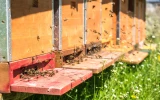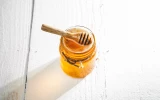Best Time of Day To Open a Bee Hive (When Not To)
You might wake up on the wrong side of the bed, but your bees don't have to! Hive inspections and honey harvests are usually scheduled, but should be adjusted in bad weather. Here's how you can maximize each visit and avoid disturbing the bees.
7am to 9am, or 11am to 2pm, are the most popular time frames for opening the hive. These are the times when the bees are most docile, or when there are less workers in the hive.
Ideally you should only open the hive when the weather is stable. Try waiting for warm periods in the spring and summer, at a point in the day when the sun is up and shining high—but sometimes you may need to adjust, like when it's the middle of winter or if it's raining hard. I'll show you how to maximize each trip so you can attend to your bees with minimal interference in their activities.
Summary
- You can conduct inspections between 7am to 9am, and harvest honey between 11am to 2pm. But this is not a hard and fast rule; ultimately, the best time to open a bee hive is when you have the time.
- Pick a day during the spring and summer when the weather is not too cold, not too warm, and not too windy. Mild temperatures are a great time to open the hive.
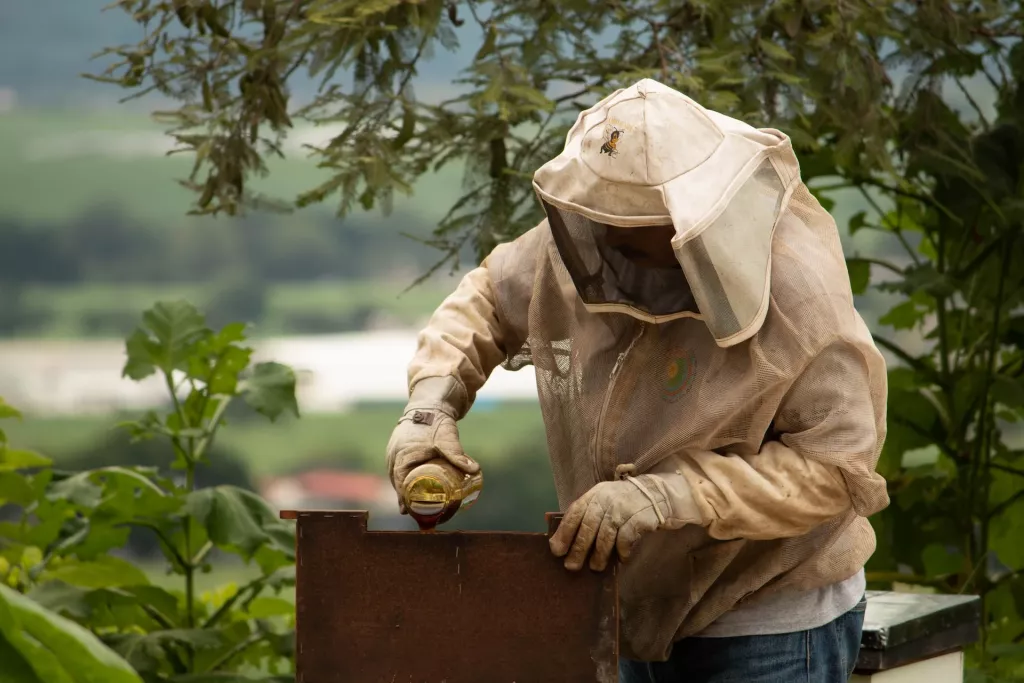
On this page:
The Best Conditions to Open a Bee Hive
Think of days when you would not mind spending a little time outside in shorts and a t-shirt. These are the ideal days to go for an inspection.
On these days, make sure that you are experiencing clear skies and plenty of sunshine. Depending on the purpose of your visit, you may want to consider two separate time frames.
The first is early in the morning, just after the clouds have dissipated and you can still see dew on the ground. This is around 7am to 9am. At this time, the weather will be mild enough for opening the hive to be a straightforward task.
The second would be between 11am and 2pm, when the day is at its warmest and the bees are out foraging. This is the best time to harvest honey from the hive.
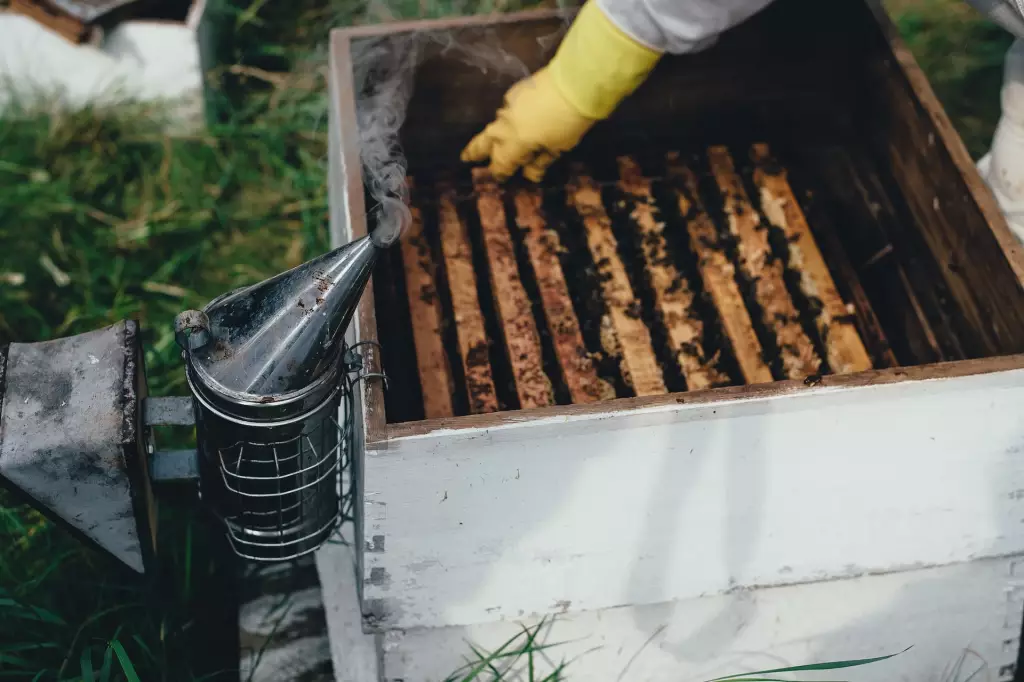
What’s the Ideal Temperature for Opening the Hive?
Ideal temperatures for visiting the hive, conducting inspections, and harvesting honey are 60°F (15°C) and above. If temperatures dip below 50°F (10°C) then your honey bees will not be able to take off; and once temperatures exceed 100°F (38°C), they do not leave the hive.
How Long Should Opening the Beehive Take?
While novice beekeepers may take a little more time to familiarize themselves with the intricacies of hive inspection, the average amount of time spent monitoring a hive should only take around twenty to thirty minutes.
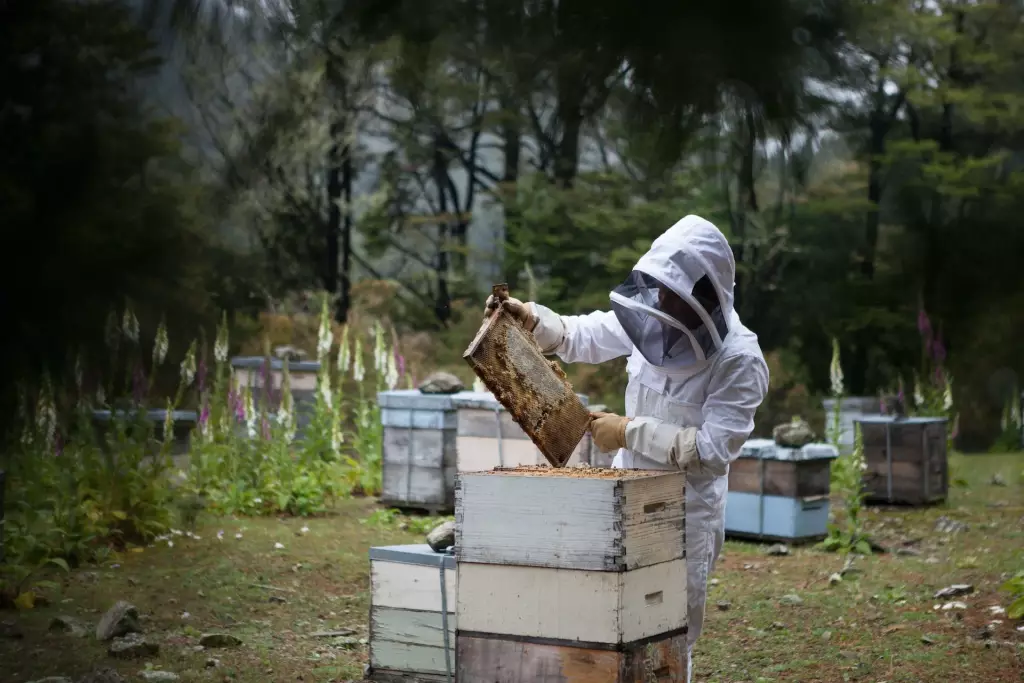
How to Make the Most Out of Opening a Beehive
There is a lot you can do before you even lift a frame out of the hive. What you can glean from these routine checks could help you craft a plan for your inspection.
Before you approach, observe your bees' foraging patterns and the hive's surroundings. You can take a rough estimate of the number of bees flitting in and out of the hive, the dead bees surrounding the area, any pests or ant invasions about to occur, and more. This will help you make a preliminary strategy for your visit.
First, check the hive using your sense of smell. Lift the lid up slowly and position yourself close to the hive. If you can get a faint whiff of a sour or foul odor coming from the air rising up, then your colony may be suffering from a foulbrood disease.
Next, keep the lid open and see how the bees near the top of the hive mat and frames react. If a swarm of bees approach you fanning their wings frantically and exposing their abdomen, try gently wafting a little smoke in their direction. If they do not calm down, then you may need to reschedule your inspection. Close the hive and retreat. This is the bees' way of telling you that they are not willing to undergo an inspection at the moment.
But if the bees seem docile, the next part of your routine check is to make sure the queen is not under the lid. If you do not notice she is there before placing the lid upside down on the ground, then she may wander off.
Now that the lid and hive mat has been set aside, blow in a little smoke and use your sense of hearing to check how the bees are doing. Over time, you will develop an affinity for the ways bees buzz. On a good day, they'll sound calm and gentle—but if they seem noisier and high-pitched, then this could be a sign that they are queenless.
Finally, if you've noticed that the bees have built combs under the lid after lifting it up, this means that the bees need more space,
Before you've even delved into the hive, this initial inspection should give you more than enough to figure out the rest of your game plan for your visit.
Can I Open the Hive at Night?
Opinion is divided on the practise of opening hives for inspections at night. Some beekeepers believe you should not visit your hives after dark because all the bees inside are resting, and they should not be disturbed. However, others believe that it is still a good time to open the hive because the bees are more docile.
For some honeybee species, like African honeybees, it is common practice to only open the hive and harvest honey at night. This is because the bees are not as violent and the beekeepers can maneuver themselves around the colony with greater ease.
If it cannot be avoided, opening the hive at night can be used as a last resort. Here's a glimpse of what that can look like. It may be best to build up more experience in beekeeping before trying to work the night shift with your bees.
Is It Ever Too Cold to Open a Hive?
Winter is a crucial time for honeybees. They will need all the warmth they can muster to make it through the cold weather. However, there may be times when you need to open the hive and intervene. You may have to deal with disease, a lack of food supply, or pests.
If you can confirm that the hive is suffering from one of those problems, then the best course of action would be to intervene. Either way, you are bound to lose honeybees; but if you open the hive to administer supplemental feeding, medicines, or pest control, then you still have a chance at saving the colony as a whole.
Before opening the hive, prepare everything you need thoroughly. You can even go a step further and practice your movements. This way, you waste less time on assembly and re-assembly, and minimize the potential for mistakes.
When to avoid opening the hive?
The first consideration is the weather. If temperatures are dipping below 50°F (10°C), keep your inspections short, organized, and far between.
Bees are also grumpy in cloudy and windy weather, so reschedule your visit for another day if possible. If it is very windy, the cold breeze could be fatal to the brood, and it could also cause the adult bees to drift into other hives in the area by accident.
You absolutely should not open the hive in stormy weather or rain; not only will the bees be ill-tempered, they will also be affected by the rainfall. You will be introducing water and humidity into the hive, and the individual honeybees will get water on their wings. This makes it difficult for them to fly.
